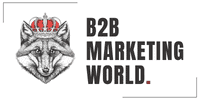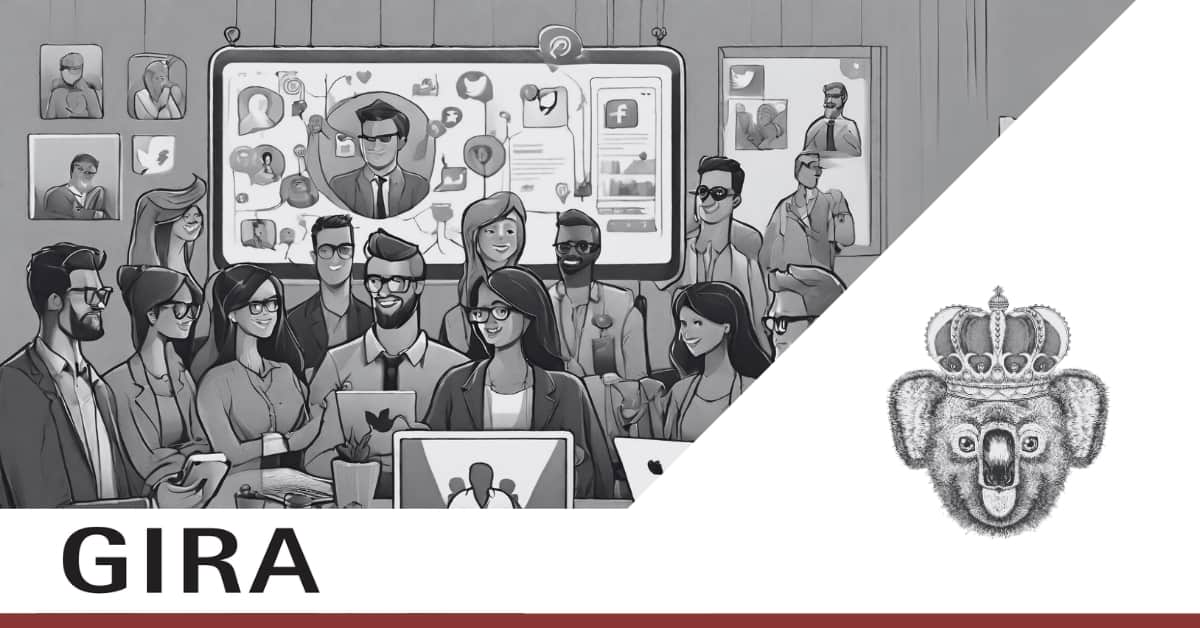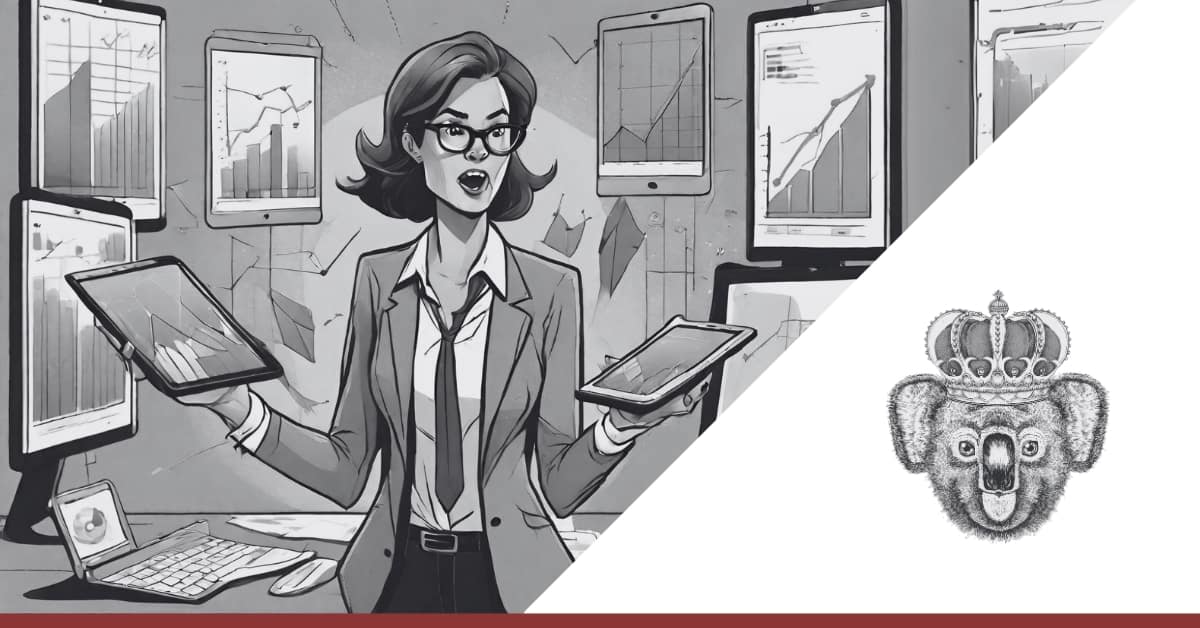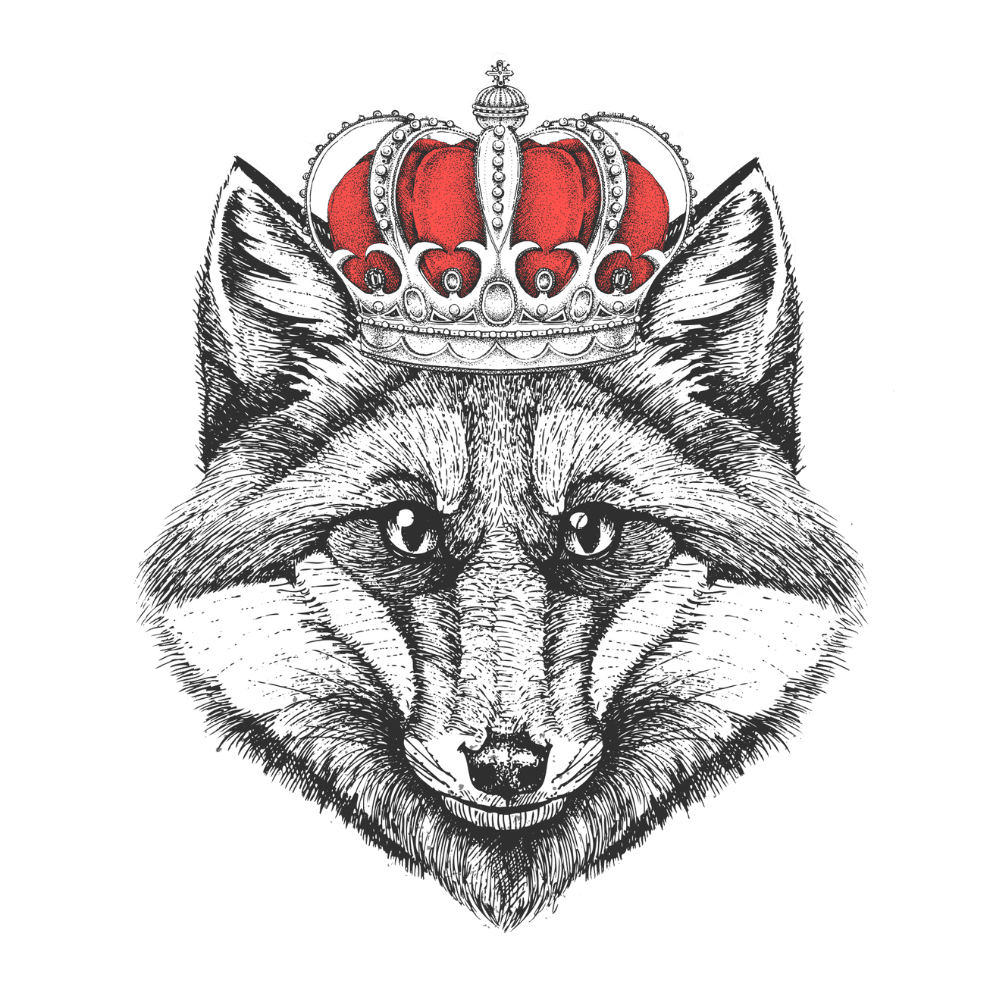Implementing Marketing Automation? What a ride! [Case Study]
A Case Study on How Canon Austria managed the introduction of Marketing Automation, by Matthias Haberler
No time? Read Summary
Table of Contents
Subscribe to our Newsletter and Learn B2B Marketing.
Change is inevitable, and there is no running away from it. Introducing marketing automation to your organization is a big change: a roller coaster ride of emotions.
In this article, I want to take you on an exciting, stirring, and eye-opening journey. First hand, from Matthias Haberler, Canon Austria.
Fasten your seatbelts and get ready for a bumpy ride.
Spoiler alert: It’s worth the effort. Skip the whining and jump directly to phase 4 for results & recommendations
The Change-Process
The legendary Kübler-Ross Change Curve is a popular and trusted model used to understand emotional transition and change stages. It helped me navigate through implementing Marketing Automation within our organization:
Phase 1 – Shock
Phase 2 – Denial
Phase 3 – Anger & Resistance
Phase 4a – Acceptance & Exploration
Phase 4b – Hope & Enthusiasm
Phase 5 – Decision & Commitment
Phase 6 – Integration
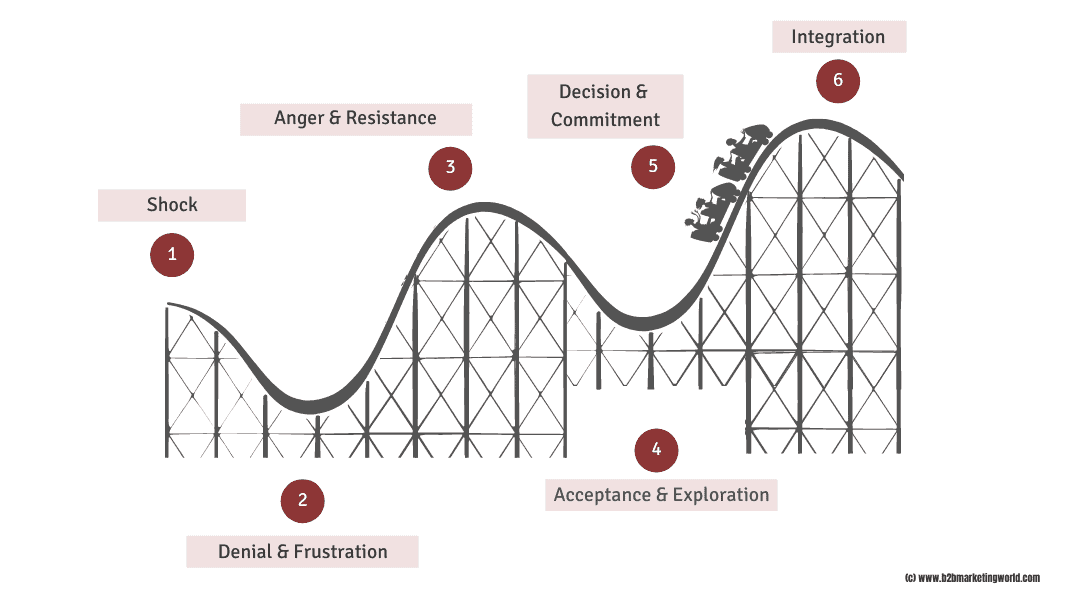
Kübler-Ross Change Curve (c) B2B Marketing World
Phase 1 – Shock
To be very honest: I was shocked when – back in 2017 – I received that e-mail (see below) from the headquarters’ marketing department. In anticipation of GDPR – Europe’s new data privacy and security law – we were to stop all e-mail marketing activities and immediately terminate any contract with local agencies regarding newsletters.
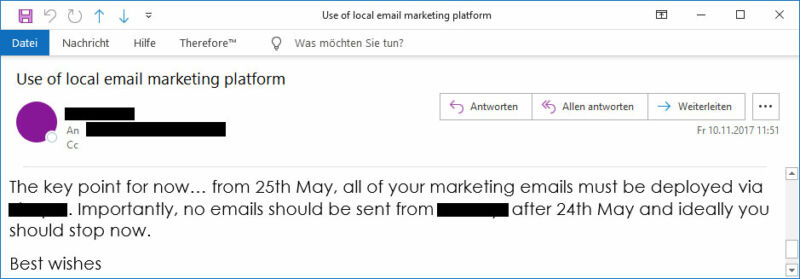
Canon e-mail, “GDPR is coming” (c)Canon
It is said that roughly 70% of transformation projects fail. The first reason for failing is that the team isn’t aligned around the change story. I couldn’t agree more.
As with any change that is not triggered from within, I was reluctant to give up our current way of working…
Phase 2 – Denial
In Austria, we’ve been utilizing newsletters for over 15 years and gathered around 60.000 subscriptions (we call them fans) within five business segments. We considered ourselves a “developed“ country, having a mobile-ready html-newsletter with reasonable opening-rates around 30-40%.
On a pan-European scale, two things were clear: we had a fractured martech use throughout the countries and recognized an inconsistent use of our main CRM platform. I’ve experienced that first-hand when I was part of the central team rolling out a Sales Enablement Programme to all countries a couple of years earlier: Centrally driven projects aim for a standardized, one-size-fits-all solution – a so-called MVP-approach (Minimum Viable Product) – therefore I was sure that switching to a pan-European toolset would throw us back into marketing stone age.
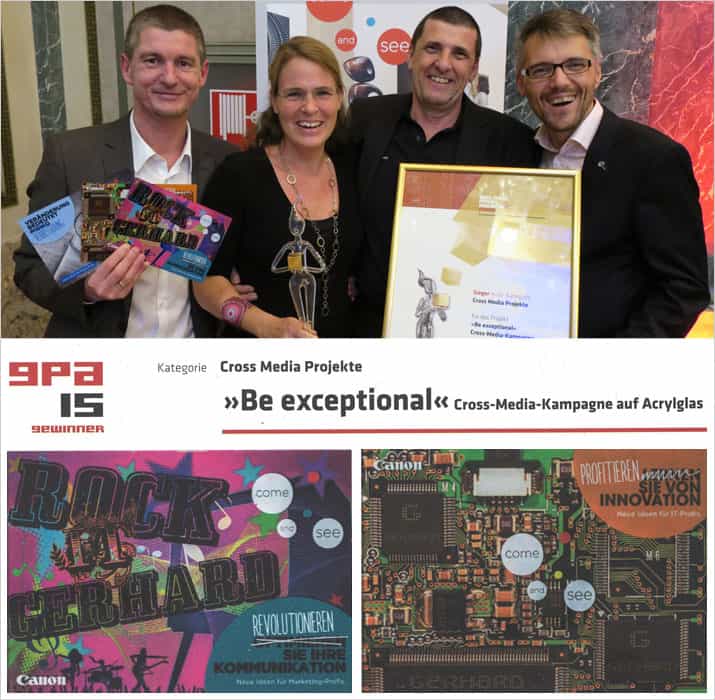
Canon wins gpa 2015 award (c)Canon
For example: Would we even be able to distinguish Mr. & Mrs.? A simple “Hello Firstname!” wouldn’t do in a traditional country where the majority still wants to be addressed with her or his full academic title…
So, getting stripped away of our known & beloved tools (especially our award-winning cross-media-engine), I was on the brink of mutiny.
Hence, I tried to postpone the inevitable for as long as possible: I’ve argued that the contracts with our e-marketing tool provider were based on yearly subscriptions and therefore could not be terminated easily – at least not without (great) financial sacrifices. On top of that: “does the new tool even address the different legal requirements opt-in vs. opt-out countries”?
The only thing achieved by that was frustration levels on both sides went through the roof.
As manager and team-leader I should know better, but one cannot simply ignore the phases of the “Change Curve”.
Phase 3 – Anger & Resistance
My resistance was futile (and unnecessary) – GDPR was just around the corner, and compliance issues had to be dealt with – no wonder considering the astronomical fines (up to 4% of a firm’s worldwide annual revenue) that would accompany the new legislation. I know: A large multinational corporation like Canon simply can’t afford to leave those doors open.
But accepting that was for a later stage… In hindsight, we could have moved a lot faster through those early stages – had we worked together and not against each other… The project committee would put more effort on the initial project-communication and the local buy-in with today’s knowledge.
The data-cleansing process that followed the initial audit was a rather painful one. Every newsletter contact that couldn’t be proved to have an opt-in and anyone within our CRM system that hasn’t had a documented touchpoint (visit, phone call, etc.) for the last 5 years (the typical contract period in our business sector) had to be deleted.
Approaching GDPR go-live, the number of potential recipients went down to a mere third, and we lost about 50% of our contacts in the leading CRM system (and a bunch of other “unnecessary” data – like a customer’s birthday & hobbies – caused by the “data minimization principle”).
It took us years to reach those numbers (and reside among the top-ranking Canon countries).
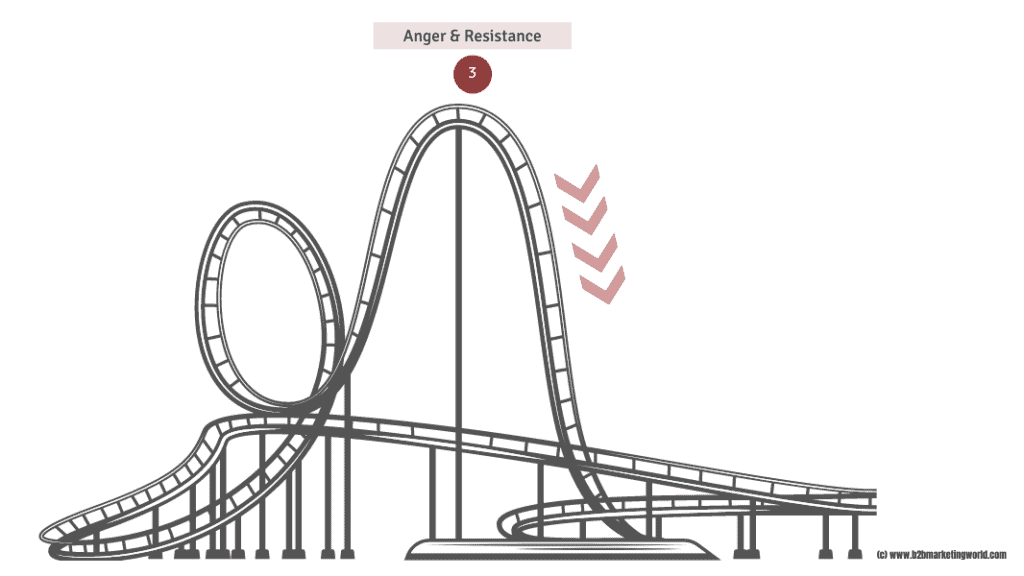
Phase 3 (c)B2b Marketing World
With one clean sweep, our data was gone – and with that our motivation as well.
Not everything was bad, though.
Because headquarter did not only stop local activities. Our colleagues from London presented us with something new as well: A pan-European Marketing Automation system would be integrated – hosted & managed centrally, but with possibilities to add local flavor.
Back then, my (anger-narrow minded) expectation was to work with something that’s been confined to a fancy and – if used only for that – a most likely expensive newsletter tool.
Phase 4a – Acceptance & Exploration
After overcoming those pesky “not invented here“ issues, I quickly discovered that our beloved, ”sophisticated“ newsletter had actually become old-fashioned or mature at best.
“Modern Marketing“ had bypassed us without me even noticing.
It was then that I realized that lifelong learning is imperative… we had been in our comfort zone far too long.
GDPR was the shakeup we needed – a catalyst for change. Once our reservations had been set aside, we embarked on the great adventure of “Marketing Automation”.
During the onboarding process, we’d been introduced to a whole new world of marketing-buzzwords (e.g., lead-scoring) and tons of new abbreviations like UTM, MQL, SAL, DLG, and TOFU/MOFU/BOFU (I promise, explanations will follow below ;-). It’s almost as if we had to learn a new language – a language that only very few of us (the youngest) understood.
Marketing Automation might deliver value to our organization: Besides always-on campaigns that would magically fill an ever-growing sales pipeline, there would be an automated nurturing process for leads through the funnel, and for the first time, everything could be measured (even centrally) – e.g., via UTM codes (Urchin Tracking Module) by closing the gap between website & CRM-system – and referenced to lots of KPIs (Key Performance Indicators, like conversion-rates) & management-ready dashboards (see reverse demand waterfall below).
Best of all: Marketing, Marcoms, Sales and IT(!) would work closely together. Yeah, finally an end to silos!
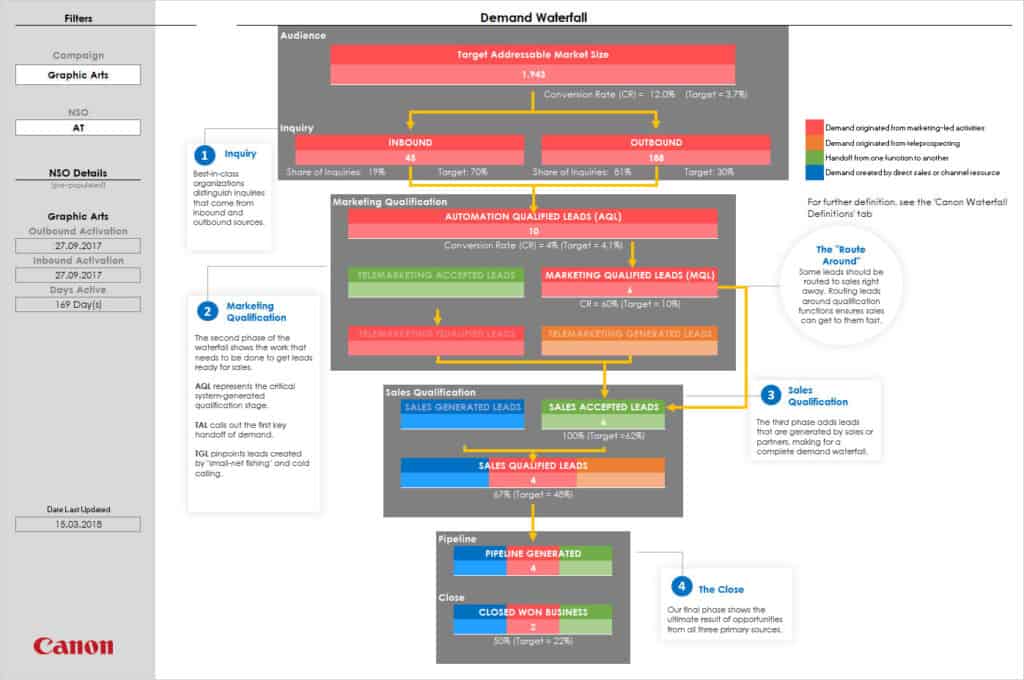
Canon Demand Waterfall (c)Canon
Phase 4b – Hope & Enthusiasm
Because, when you implement Marketing Automation at your company, all stakeholders need to collaborate. Just having your marketing department publish generic content on the web and via e-mails, pushing as much Marketing Qualified Leads (MQL) as possible into the funnel – and for sure having sales complain about the quality of those – wouldn’t suffice.
If a bad (lead) process is automated, it still remains a bad (lead) process.
We discussed this at length and even installed a new role called “Sales Excellence” to guide the bridging process (no extra headcount though – just another hat, distributed among two senior roles in marketing and sales).
Alongside sales, we defined a new Demand/Lead-Generation (DLG) process with shared responsibilities and agreed service levels (SLA).
By doing so, we’ve reached the 3rd milestone of Stephan Wenger’s Lead-Maturity-Model. We’re working on level 4 now ;-).
IT worked closely with our CRM admins and ensured that web forms could automatically create leads in the system. Fortunately, we also have a company-owned call center at our disposal that handles lead qualification prior to any Sales Accepted Lead (SAL). That was our plan, at least.
Phase 5 – Decision & Commitment
One might think that Marketing Automation would reduce the workload in the marketing department. On the contrary: That lead-generation engine is a resource-hungry beast…
The one thing about Marketing Automation that I find misleading, is just that: “Automation”.
Automation requires planning: What assets should be used in the various stages of the lead generation process (Top, Mid, Bottom of Funnel – TOFU/MOFU/BOFU)? When they should be „gated” (though that’s another story to be told). Which moves should be considered (reminder-mailings, no-shows, tell-a-friend, etc.)?
It took us a considerable investment (mostly time), but thanks to the newly formed central demand-lead-generation team (DLG) and a few automation gurus (big shoutout to my go-to person Will Oliver), we’ve experienced a strong learning curve and were among the first countries to receive admin-privileges to launch our own, local campaigns.
We almost broke the toy (and excitement) when we enabled lead-scoring for one of the first campaigns, though, as the thresholds were set way too low, and therefore every single white-paper download was escalated to sales.
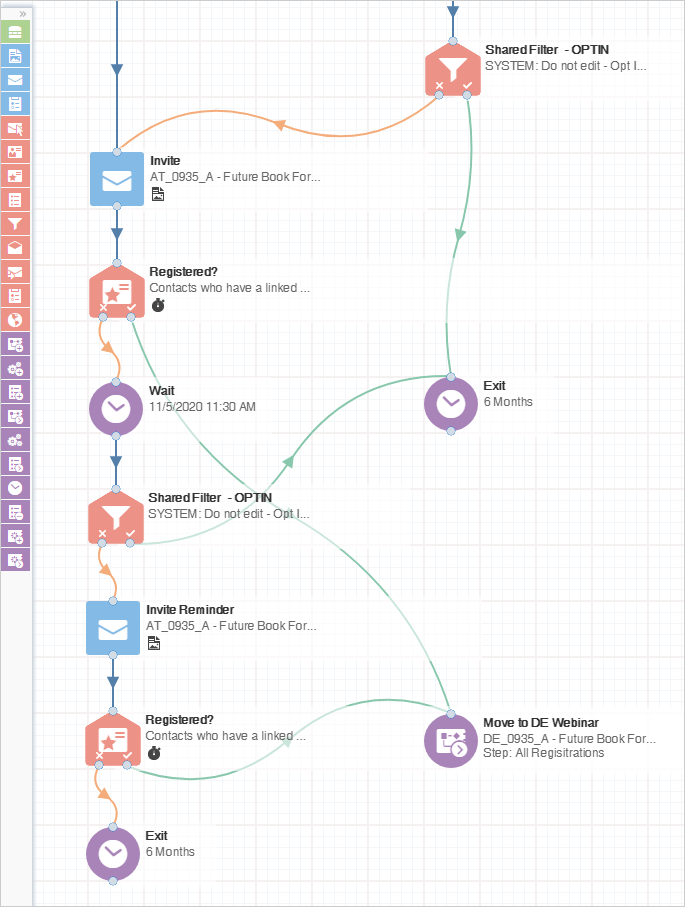
Canon Eloqua-play (c)Canon
Phase 6 – Integration
Today we find Marketing Automation in our local newsletters, use it for event management (invitation process, different follow-ups for no-shows & visitors) and other, more ad hoc outbound activities.
The results started to show incredibly early. We even had enormous success with one of our first ideas. Tons of leads (and more important: sales visits) came from that pURL-driven outbound campaign in the legal sector. Sure, truth to be told: the figures would look very different without follow-up (via call center). The tool does not sell by itself.
On top of a great sales pipeline – we achieved a Return on Marketing Investment of 1:7 – we’ve also won one of those fancy cross-media marketing awards again. We merged a print mailing (with QR-codes and Augmented Reality inserts) with individual websites (using pURLs with personalized images and content blocks to enhance the viewing experience) to raise awareness for a new product we had just launched. I wrote an article about it (sorry, German language only) if you want to know more details – you’ll find it on LinkedIn.
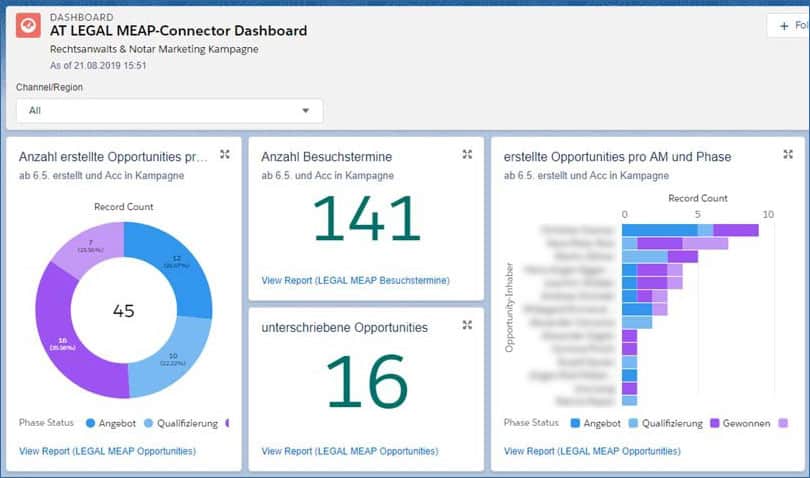
Canon Dashboard (c)Canon
But for most of the time, we stay digital (or “mobile-first,” as they say). Most recently, we’ve added a “subscription engine” on white-paper downloads (suggesting the proper segments of our b2b-newsletters) and successfully experimented with dynamic content blocks on landing pages & mailings.
Sure, the tool is still more advanced than us – i.e., we’re not using it to its full extend yet (especially regarding A/B-testing and lead-scoring) – but we’re making progress with every campaign.
They say: appetite comes with eating. I agree: we are hungry for more…
Food for Thought
Marketing Automation isn’t a magic silver bullet shipped within a fancy martech toolbox… it requires mutual efforts from all stakeholders in the buying journey (and your IT department) – hence a lot of change management.
Implemented correctly, Marketing Automation will boost your gameplay and therewith your pipeline.
Especially the nurturing part. So please, go for it. Embrace the change.
And don’t ignore the curve. Be ahead of it :-).
Summary
Marketing Automation isn’t a magic silver bullet shipped within a fancy martech toolbox. And introducing it to your organization is a big change. In other words: a roller coaster ride of emotions with a lot of ups and downs.
At first, it’s hard to let go of your existing tools (and routines), but with a bit of curiosity and commitment, any organization can have fun (and a full sales-funnel) with Marketing Automation. It requires mutual efforts from all stakeholders (Marketing, Marcoms, Sales and IT) and a lot of thinking – because, if a bad (lead) process is automated, it still remains a bad (lead) process. Marketing Automation also won’t likely reduce the workload in your marketing department – those will be shifted towards planning and coordination. Implementing Marketing Automation has changed us a lot – but for the better.
My advice: take the ride and embrace the change.
You May Like the Following Articles
